Among the various tools usable with hydraulic hammers (breakers), the four-blade chisel for hydraulic hammers is recognized as a specialized option for specific applications, particularly in breaking hard and semi-hard materials. This type of chisel, with its unique tip design featuring four distinct edges or faces, offers a different performance compared to standard moil points or wedge tools and can, under certain conditions, improve operational efficiency and precision.
Tip Appearance and Design of the Four-Blade Chisel
The main characteristic of the four-blade chisel is its tip, which, instead of a conical point or a flat edge, has four faces or blades that either terminate at a central point or create a “+” or “X” shape in cross-section. This design allows for multiple stress lines to be simultaneously created in the material with each impact, facilitating the breaking process, especially in materials that tend to fracture along specific lines.
Operating Principle and Advantages of the Four Blades
The performance of the four-blade chisel is based on concentrating force on multiple edges simultaneously. This feature can offer the following advantages:
- Increased Stability and Prevention of Slippage: In some materials, especially layered rocks or uneven surfaces, the four blades help maintain the chisel’s orientation and prevent deviation or slippage.
- Improved Breaking Process in Specific Materials: In rocks or concrete with particular internal structures, the presence of multiple edges can aid in initiating and propagating cracks in different directions, thereby accelerating the breaking process.
- Better Wear Distribution: In some cases, wear is distributed among the four blades instead of concentrating on a single point, which can help increase the useful life of the chisel tip under specific working conditions.
- Creation of More Defined Fracture Patterns: In applications such as rock shaping or some controlled demolitions, this chisel can help create fractures with a more regular pattern.
Main Applications of the Four-Blade Chisel:
- Breaking Hard and Abrasive Rocks: Especially rocks that are layered or have joints and fissures where a moil point might jam or deflect.
- Demolishing Reinforced Concrete: Can be effective in breaking concrete around rebars and initiating primary cracks.
- Quarrying and Rock Extraction Operations: For breaking and separating rock blocks with greater control.
- Excavating in Frozen or Very Compacted Ground.
- Some Special Applications in Foundation Demolition.
Considerations and Limitations:
- Initial Penetration Power: In very hard and monolithic materials requiring maximum point penetration, a standard moil point may perform better in initiating the break.
- Complexity in Re-sharpening: Correctly re-sharpening the four blades to maintain their original geometry and efficiency can be more difficult than sharpening a simple moil point.
- Performance Dependent on Material Type: The optimal performance of this chisel heavily depends on the type and structure of the material being worked on.
Material, Manufacturing Quality, and its Importance:
Like other high-quality hydraulic hammer tools, four-blade chisels are also made from special alloy steels with high resistance to impact and wear. The forging process and precise heat treatment are crucial for achieving appropriate hardness and toughness in all parts of the chisel, especially in the blades and central tip. High manufacturing quality ensures optimal performance and a suitable lifespan for the tool.
Conclusion:
The four-blade chisel for hydraulic hammers is a specialized tool designed to increase efficiency and precision in specific conditions and materials. Although it may not be as universally applicable as a moil point, in its suitable applications, it can help improve stability, facilitate the breaking process, and even extend tool life. Proper selection and use of this chisel require a thorough understanding of its features and project conditions.

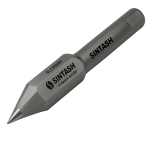
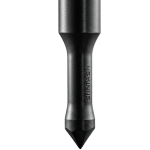
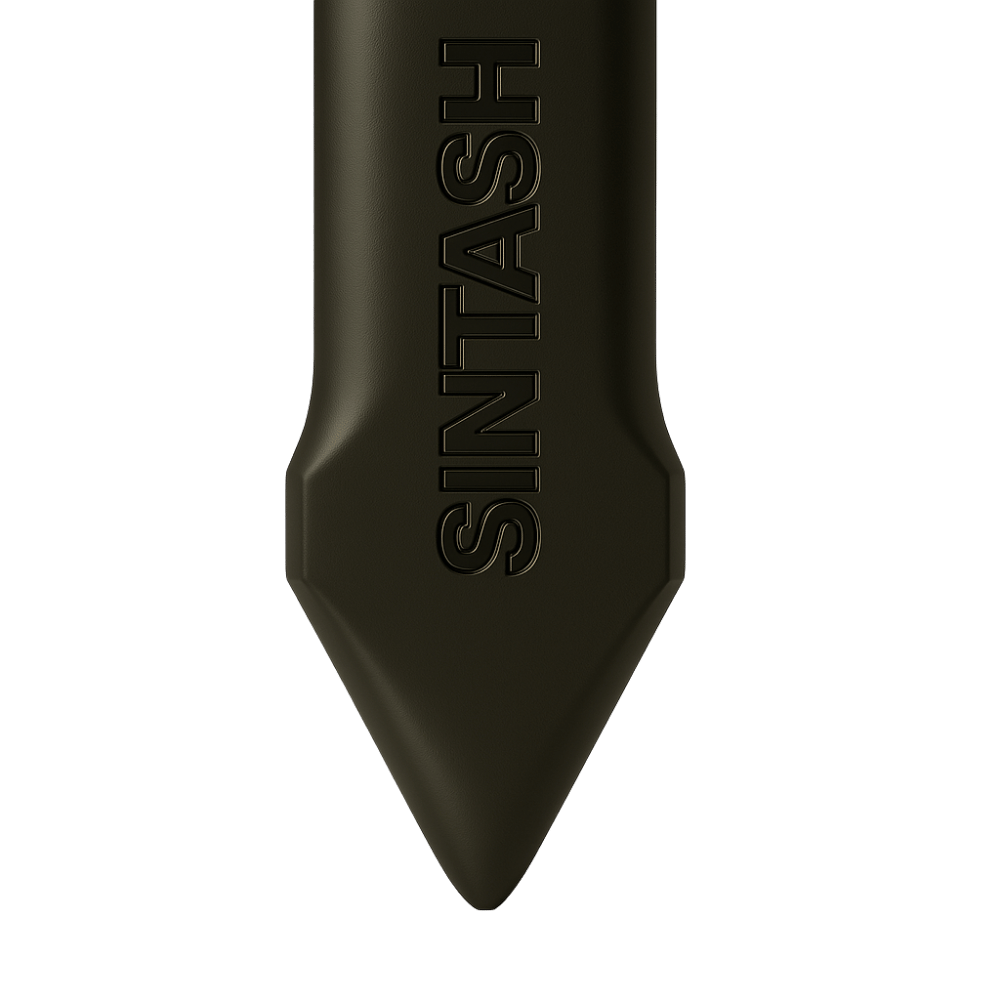
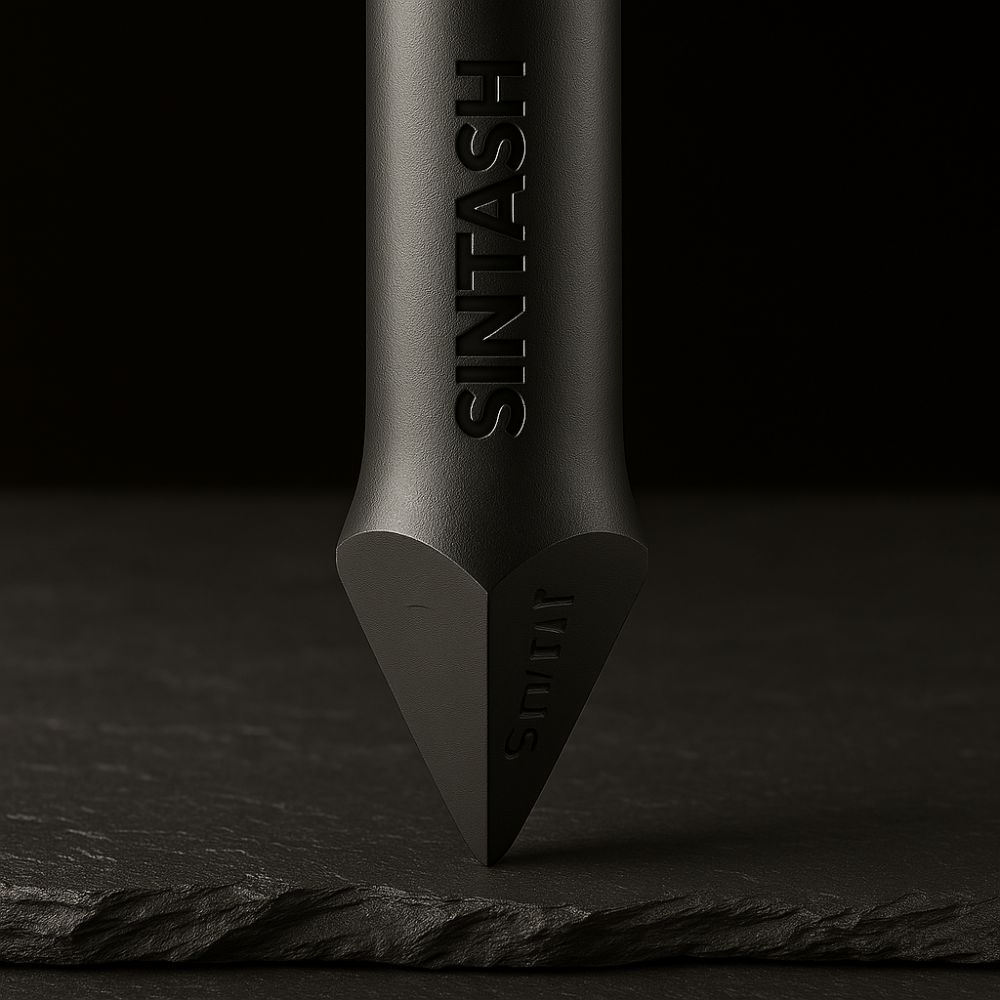

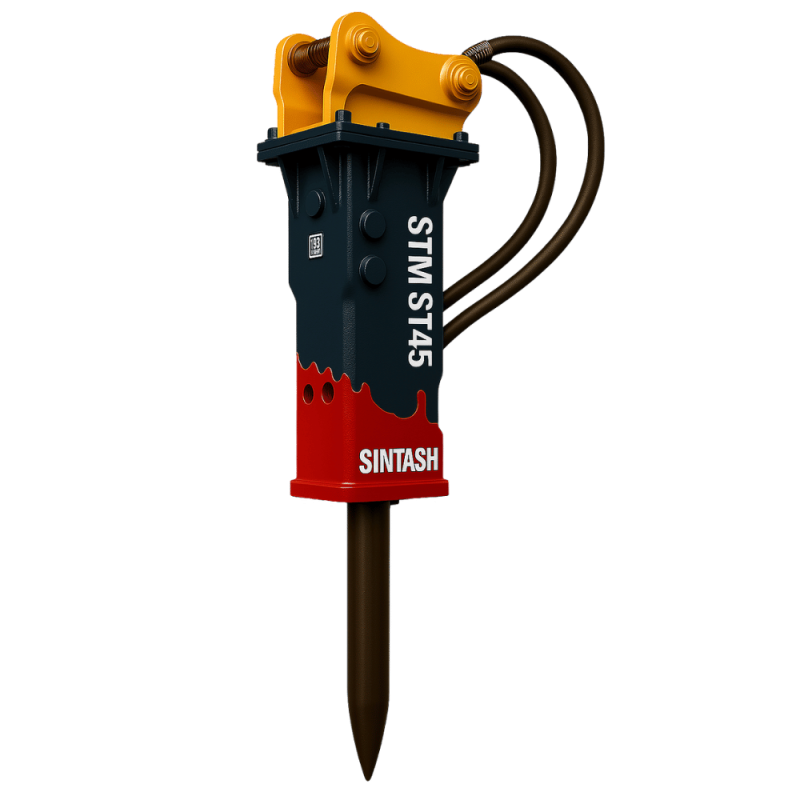
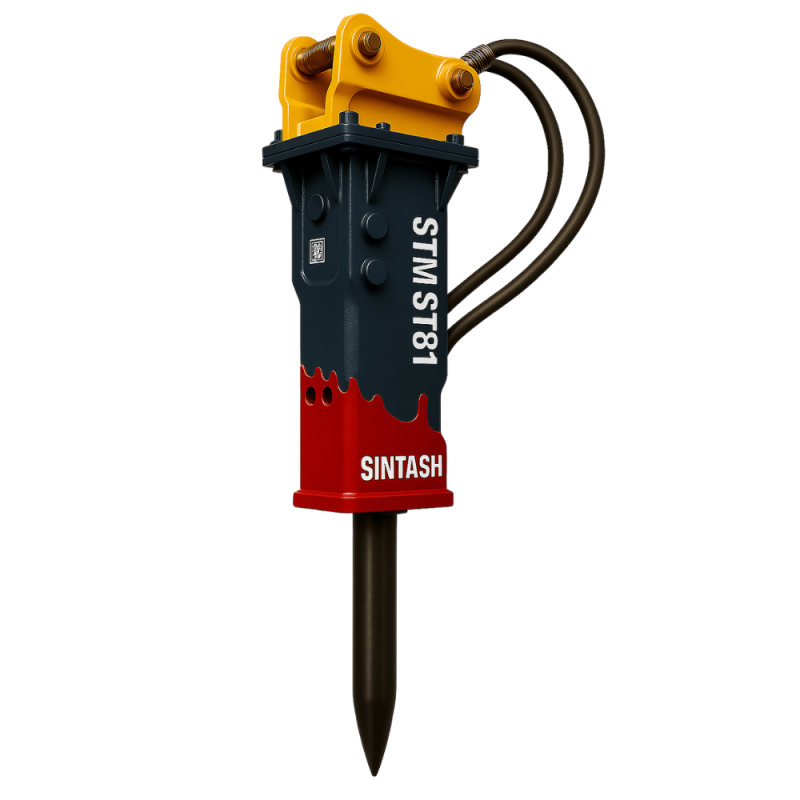


Reviews
There are no reviews yet.